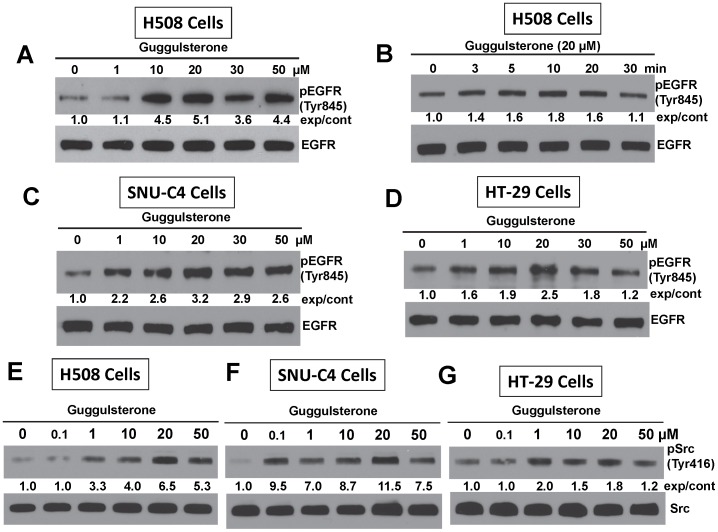Figure 2. FXR antagonist guggulsterone stimulates phosphorylation of EGFR (Tyr845) and Src (Tyr 416).
A. Dose-response for guggulsterone-induced EGFR (Tyr845) phosphorylation in H508 cells. B. Time-course for guggulsterone-induced EGFR (Tyr845) phosphorylation in H508 cells. C. Dose-response for guggulsterone-induced EGFR (Tyr845) phosphorylation in SNU-C4 cells. D. Dose-response for guggulsterone-induced EGFR (Tyr845) phosphorylation in HT-29 cells. Dose-response for guggulsterone-induced Src (Tyr 416) phosphorylation in H508 cells (E), SNU-C4 cells (F) and HT-29 cells (G). For time-course experiments, cells were treated with guggulsterone (20 µM) for the indicated time at 37°C. For dose-response experiments, cells were treated with the indicated concentrations of guggulsterone for 20 min at 37°C. Phosphorylation of EGFR (Tyr845) and Src (Tyr 416) was determined by immunoblotting with anti-phospho-EGFR (Tyr845) and anti-phospho-Src (Tyr 416) antibody, respectively. Immunoblotting for total EGFR or Src was used as a loading control. Numbers between immunoblots represent densitometry. Experimental/control (exp/cont) ratios were calculated after normalizing each test band to the respective EGFR or Src band. Immunoblots are representative of at least 3 separate experiments.

